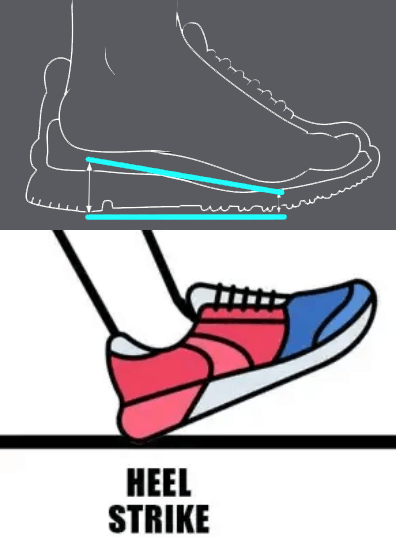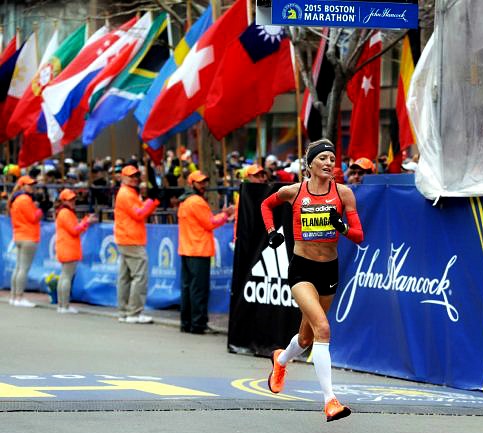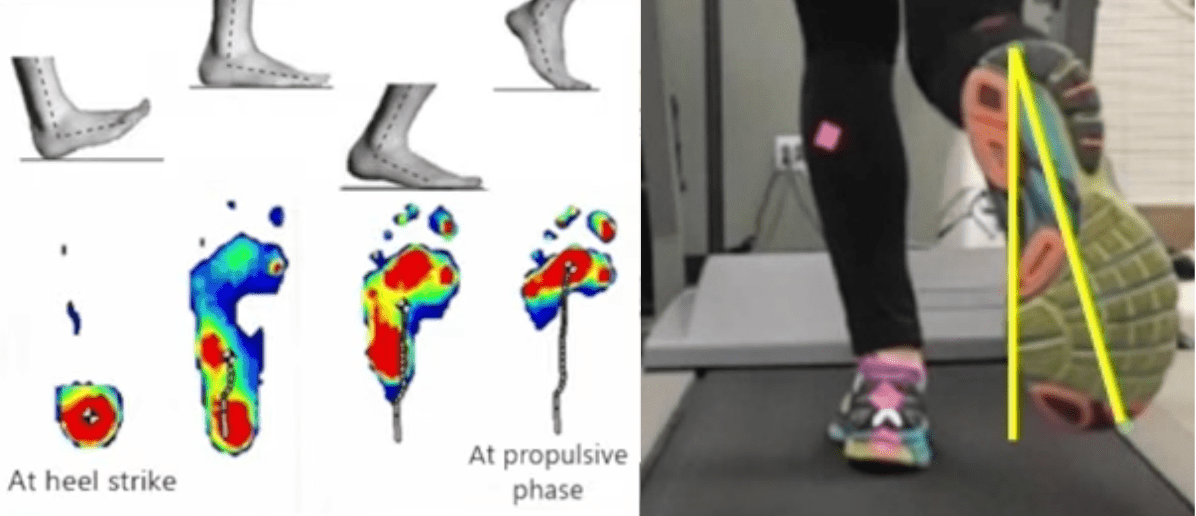To date, there’s poor proof in the research that heel lifts reduce running-related injuries. In fact, collected studies found that heel lifts are an actual risk factor for injury by acting as a major mechanical interference. This finding lines up anecdotally with an elite distance runner, Shalane Flanagan, who ditched her orthopaedic heel lifts to run pain free.


Back in January 2015, Shalane Flanagan was in the midst of preparing for the Boston Marathon when her training was sadly interrupted due to a bad heel injury. Flanagan discussed her injury in the April 2015 issue of Runner’s World Magazine and reported that her physical therapists recommended heel lifts to alleviate the heel pain.

As expected, the heel lifts consequentially altered her gait, causing her to engage a forceful heel strike that brought additional pain to Flanagan’s glutes and back. But, the Boston Marathon was fast approaching and Flanagan could not afford the setback of adjusting to a new running gait with the risk of more injury. So, Flanagan ditched her heel lifts which brought more resolve to her pain problems because she was better able to uphold her natural running gait, landing more flat-footed and not with a pronounced heel strike. This enabled her to run a very respectable 2hr:25min in Boston!
The Purpose of Heel Lifts and Why They Don’t Work
In running, heel pain arises if a heel strike landing (shown below) is employed, which also exposes the Achilles tendon to higher peak forces as compared with forefoot running, which involves the balls of the foot striking the ground first, then the heel lowers down to the ground, assembling the foot in such a way where little to no impact is burdening the heel.

Heel lifts are used to raise the heel in attempt to mute peak force exerted on the Achilles tendon and to reduce heel pressure. Heel lifts are commonly prescribed to heel strike runners since heel strike running naturally increases pressure on the heel at touchdown. However, an eye-opening study in the Journal of Applied Biomechanics concluded that there is no scientific evidence to support the efficacy of heel lifts in heel strike runners because a heel lift causes greater ankle dorsiflexion (i.e. more pronounced heel strike) at touchdown, resulting in big increases in heel pressure and peak forces on the Achilles tendon.
- The same study dealt head-on with the issue of the efficacy of heel lifts and found that peak force and loading on the Achilles tendon was not significantly reduced with increased heel lift.
Based on all the inconsistent data, the researchers concluded that it cannot be assumed that all heel strike runners have reduced Achilles tendon force and loading following heel lift intervention. Therefore, heel lifts do not protect against the high peak loading rate generated at heel strike. So, how can the heel and Achilles be protected from injury in running?
Based on all the information that is known, forefoot running has the best track record for preventing not just heel and Achilles injury, but shin, knee and lower back injuries! Read more here on that!
If you’ve enjoyed my post, you’ll love my content at my YouTube channel, here, where I show why forefoot running is better than heel strike running by every measure!
References:
Clement, D.B., Taunton, J.E., & Smart, G.W. (1984). Achilles tendinitis and peritendinitis:
Etiology and treatment. American Journal of Sports Medicine, 12, 179-184.
Dixon SJ and Kerin DG. Variations in achilles tendon loading with heel lift intervention in heel-toe runners. J Appl Biomech, 2002, 18, 321-331.
MacLellan, G.E. (1984). Skeletal strike transients, measurement, implications and modifi-
cation by footwear. In E.C. Frederick (Ed.), Sport shoes and playing surfaces (pp.76-86). Champaign, IL: Human Kinetics.

Bretta Riches
BSc Neurobiology; MSc Biomechanics candidate, ultra minimalist runner & founder of RunForefoot. I was a heel striker, always injured. I was inspired by the great Tirunesh Dibaba to try forefoot running. Now, I'm injury free. This is why I launched Run Forefoot, to advocate the health & performance benefits of forefoot running and to raise awareness on the dangers of heel striking, because the world needs to know.
Latest posts by Bretta Riches (see all)
- Does Foot Strike Really Matter in Running? YES! - 17/04/2024
- Heel Lifts Increase Injury in Runners - 16/04/2024
- Are Minimalist Shoes Good for Seniors? YES! - 14/04/2024

